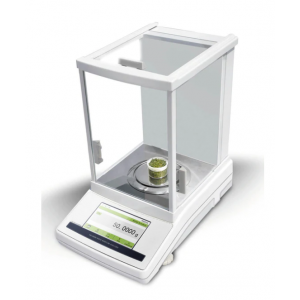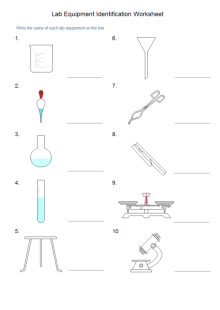
Laboratory equipment is an essential component of any laboratory or research facility. It provides a way to measure, analyze, and modify samples in order to make precise observations and conclusions. For the beginner, it’s important to understand the different types of laboratory equipment available and their proper use. This guide covers the basics and presents some of the most popular and common laboratory equipment, including chambers storage .
Types of Laboratory Equipment
Laboratory equipment can be divided into four main categories: chemical, electrical, mechanical, and optical. Chemical equipment performs various chemical analyses, sometimes in automated form. Electrical equipment measures electrical properties such as current, voltage, and resistance. Mechanical equipment is used to manipulate physical materials and form a desired shape. Optical equipment includes microscopes, telescopes and other instruments that utilize light to observe tiny particles or distant objects.

Essential Laboratory Supplies
In addition to the specialized pieces of equipment, there are several other items that may be necessary for running a successful lab. These include safety supplies, such as goggles and gloves, as well as basic laboratory supplies, such as tubes and flasks. Disposable supplies, such as pipettes, swabs, and filter paper, should also be on hand. In addition, chemicals, reagents, and cleaning solutions are often required for certain tests.
Chambers Storage
Chambers storage is an important part of lab equipment because it provides a way to store and organize samples as they are being studied. Chambers come in a variety of sizes and shapes, allowing them to fit in nearly any space. They are typically made of stainless steel or anodized aluminum, making them durable and easy to clean. In addition, many chambers feature digital temperature control and humidity monitoring, allowing samples to be stored in ideal conditions.
Analysis Instruments
Analysis instruments allow scientists to examine samples more thoroughly. Common analysis instruments include spectrophotometers, which measure the intensity of specific frequencies of light, and chromatographs, which separate compounds into their components. Other instruments, such as titrators and refractometers, measure characteristics such as pH, density, and viscosity. Analysis instruments provide highly detailed information about samples and are essential for advanced studies.
Data Logging Devices
Data logging devices are essential for capturing and recording information during experiments. Data loggers connect to various sensors and measure parameters such as temperature, pressure, or flow rate over time. This information can then be uploaded to a computer for further analysis. Data loggers are particularly useful for long-term tests and experiments that cannot be continually monitored.
Conclusion
This guide has provided an overview of various types of laboratory equipment, including chambers storage, essential supplies, analysis instruments, and data logging devices. Each piece of equipment serves its own purpose and provides a great deal of versatility. With the right set of tools, laboratories can conduct precise investigations and discover valuable insights.
Laboratory equipment is essential for any laboratory to conduct tests, experiments, and research. It includes a wide range of items, such as microscopes, centrifuges, Bunsen burners, spectrophotometers, calculators, balances, pipettes, incubators, and safety equipment. Laboratory equipment is necessary for scientists to accurately measure, analyze, and evaluate their results. It also helps to ensure that experiments are performed safely and that the data is reliable. Without proper equipment, laboratories would not be able to perform their research or create accurate results.
